Van Life: Where Can I Overnight Park?
Vandwelling looks like paradise- all of those Instagram pictures of people sleeping in their vans parked at the beach, or at the top of a mountain with amazing views- but is that the reality? Vandwellers aren’t able to just park wherever they want, despite what social media makes it look like. Most of the people are staging those photos for the ‘gram, and in reality they’re sleeping in a Walmart parking lot.
In this blog, I’ll break down the different parking options available to vandwellers, and expose the reality of it all.
Van Life Series
- Before you Make the Lifestyle Change
- What is the Best Vehicle to Live in?
- Job Options for Digital Nomads
- Where Can I Overnight Park? (this article)
- Van Life: #LifeHacks on the Road
PARKING OPTIONS
There are free and paid options, so I’ll break down some of the options for each, and provide some resources to help you find where to park or camp.
THE FREE STUFF
When considering free car camping locations, there are typically some rules that apply, so be sure to call ahead or research such rules before planning to spend the night!
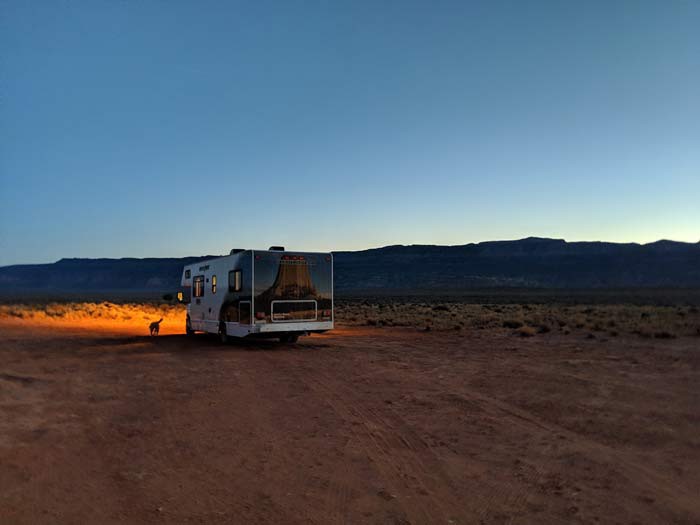
BLM | NATIONAL FORESTS | PUBLIC LANDS
These will typically be beautiful, remote locations perfect for Vandwellers seeking solitude. BLM allows up to a 14 day stay in a 28 day period limit, and after this time period, you must relocate to another site at least 25 miles away. You must always park 200’ from water sources and 100’ from any roads- if you do not do this, you could be fined or asked to move! Most importantly, always be sure to practice Leave No Trace. There won’t be any people around to pick up after you!
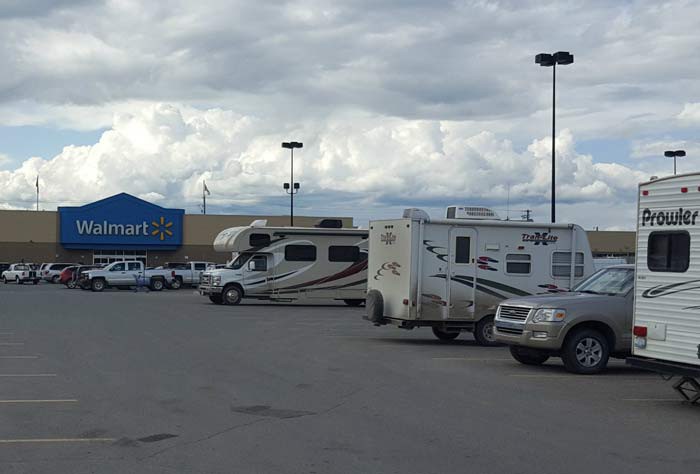
PARKING LOTS
If you need to overnight camp in a city or populated area, you’ll probably be camping in parking lots. A good rule of thumb is to arrive later in the evening and leave early in the morning to avoid attention. It’s polite to park towards the outskirts of the parking lot to make sure you’re not taking up spaces that real customers could use. If you have the means, purchase a little something from the store(s) to say thanks!
- Walmart lots are a safe bet and have plenty of space for any size vehicle. Most allow overnight parking.
- Cabelas & Cracker Barrel typically allow overnight parking, but be sure to call ahead and ask!
- Hospitals, Hotels, 24 hour gyms, breweries, & clubs don’t technically allow overnight stays, but it’s easy to get away with since people come and go at all hours. Practice stealth camping and 9 times out of 10 you won’t receive a knock on the window giving you the boot!
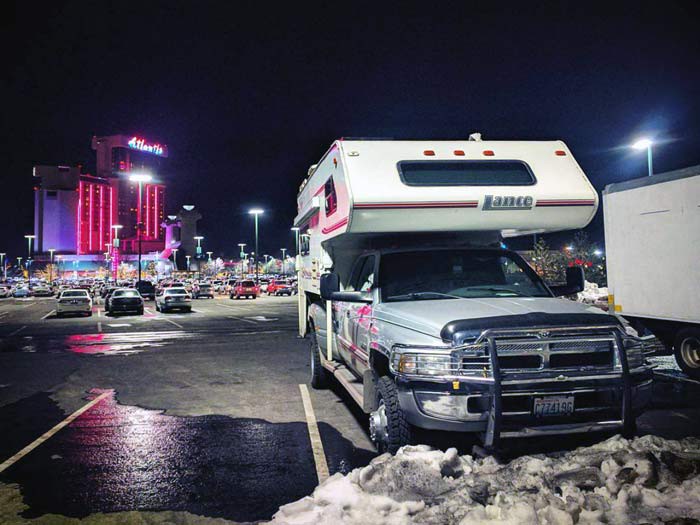
CASINOS
You have the gambling itch? Most Casinos will have overnight parking, but be sure to call prior to arrival to ensure there’s space or there aren’t any events taking up the lot. The free locations often are just a parking lot with minimal amenities- I will describe the paid Casino parking amenities in a little bit!
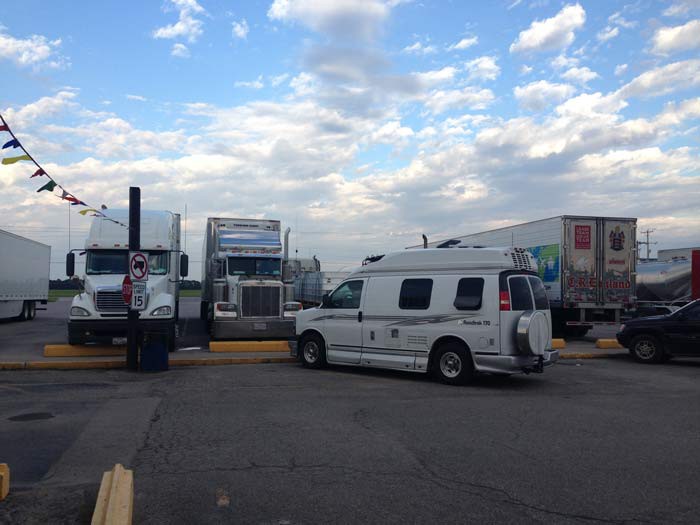
TRUCK STOPS | REST AREAS
If you’re driving on the interstate, Truck Stops and most Rest Areas are a good overnight option.
Rest Areas have different rules per State, so be sure to research that before planning to camp! They will have public bathrooms, coin-op food & beverages, and trash receptacles.
Truck stops are the better option since they allow overnight parking and amenities. Some will have WiFi, showers, restaurants, car washes and more. Best practice is to park on the outskirts, or in non-trucker spaces, to make sure the true truckers have room to park.
GOTTA PAY TO PLAY
Maybe there aren’t any free options in an area you’re going to be vandwelling, or maybe you just want a little luxury for a night or two? I’ve broken down common paid camping and their price ranges.
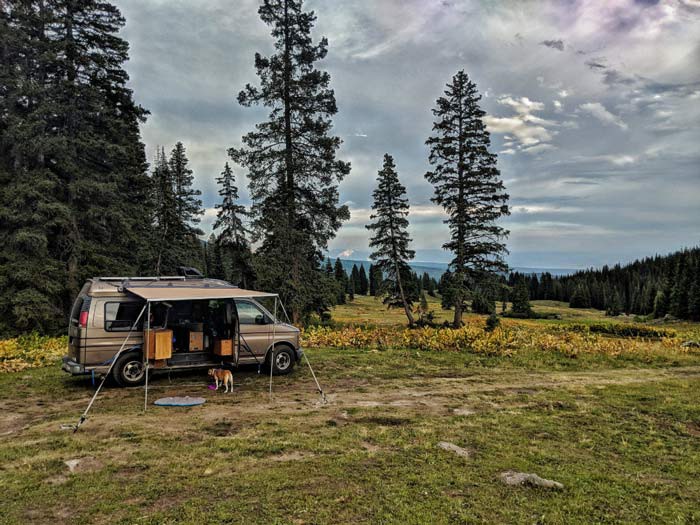
BLM | NATIONAL FORESTS | PUBLIC LANDS
Most of this land is free, but some distinguished campsites have fees ranging from $5-$25/night. These locations typically have beautiful views, and are still secluded from others, offering a lot of privacy.
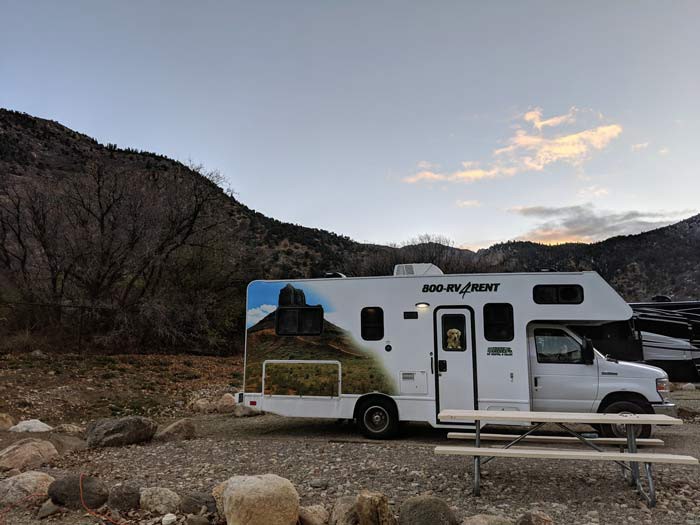
CITY, COUNTY, STATE OR NATIONAL PARK CAMPGROUNDS
These campgrounds are common, but don’t have much privacy since the sites are typically right next to each other. Campsites will vary, some including electric & water hookups, most including showers and restrooms with trash receptacles. If you’re lucky, they’ll have recycle dumpsters too! Sites will be distinguished and either require a reservation or a permit for first come-first serve. Fees range from $5-$50/night.
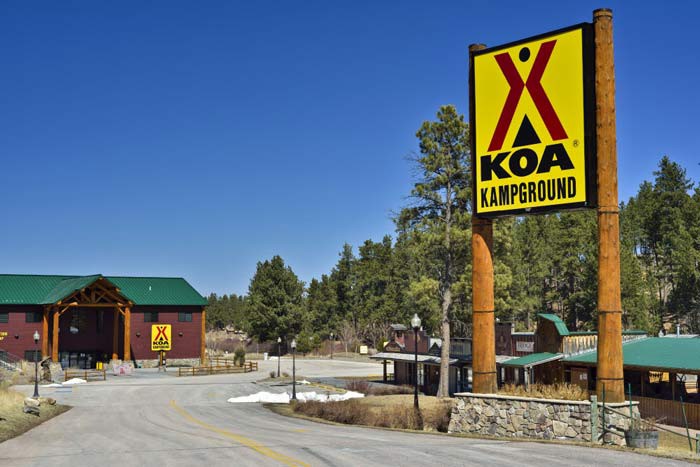
KOA CAMPGROUNDS AKA ‘LUXURY HOTELS FOR CAMPING'
There are a number of OA Campground locations across the US & Canada. This is true luxury camping and will be pricey! Aside from the common WiFi, electricity, showers, and restrooms that other campsites offer, they also have dog parks, fishing ponds, camp grills, swimming pools, general stores (that offer firewood and propane), and much more! They typically run $30-$60+/night, but also offer memberships if you plan to utilize their services often!
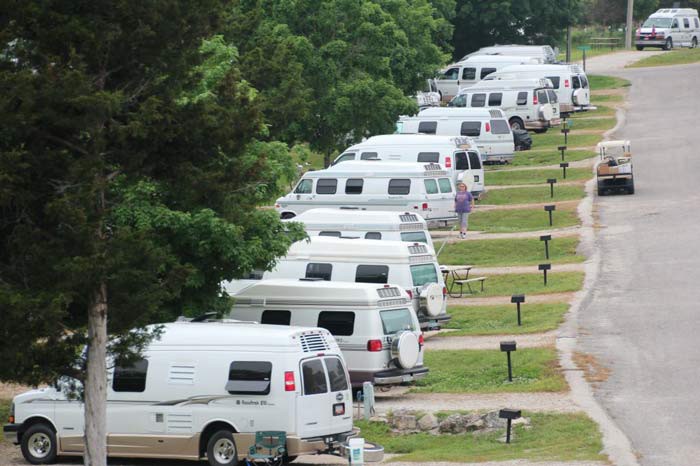
INDEPENDENT CAMPGROUNDS | RV PARKS
Similar to Park Campgrounds, this is another common source for overnight camping. Sites are right next to others, so if you’re looking for privacy, it will be minimal. Amenities vary, but typically include showers, restrooms, and trash receptacles. Some have WiFi, electricity, and general stores. Prices vary, but commonly around $20-$40+/night.
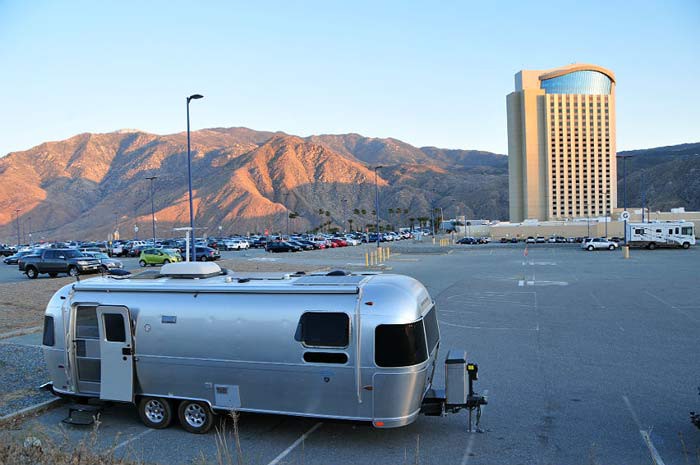
CASINOS
As we previously discussed, Casinos can have free parking, but the amenities are minimal. If they do charge, it’s typically between $15-$25/night, and it includes amenities like bathrooms, trash receptacles, and sometimes showers. Be sure to call ahead to check out the situation.
ON THE HUNT…
So now you know about your overnight parking options, but how do you know which ones are available for your travel route? You won’t have all of the options everywhere you go, so it’s smart to plan ahead. Luckily, there are some awesome websites and apps out there that makes the search easy. Here’s what I found:
- freecampsites.net- Simple, map based search engine to find free and cheap camping areas.
- allstays.com- Offers guides to help find free & paid camping, RV sites, truck stops, Wal-Mart stores, and more!
- nps.gov- National Parks Camping with over 130 parks in US
- casinocamper.com- Simple, map based search to find RV friendly casinos
- uscampgrounds.info- Map based search to find all 13,000 US & Canada vehicle-accessible public campgrounds. Includes all National Park, National Forest, State Park and Provincial campgrounds, all BLM, TVA and Army engineers and military-only campgrounds.
- hipcamp.com- Centralized source to find RV & campsites, 'glamping' locations, and other lodging options. Includes camping on ranches, farms, vineyards and land preserves.
- reserveamerica.com- Reservations made easy! Reserve campgrounds, lodging, boat slips, and day-use locations online.
- ioverlander.com- Interactive map that shows multiple lodging & camping options, with the most robust filter options. Also includes other resources like locations of auto mechanics!
- campendium.com- Allows users to search, review, preview and even take a virtual visit to over 21,000 different campgrounds in the US- free & paid.
- ultimatecampgrounds.com- Interactive map that provides comprehensive information about public campgrounds of ALL types in the US & Canada.
- theoutbound.com- Marketplace for Private landowners to offer campsites. Kind of like airbnb for campsites!
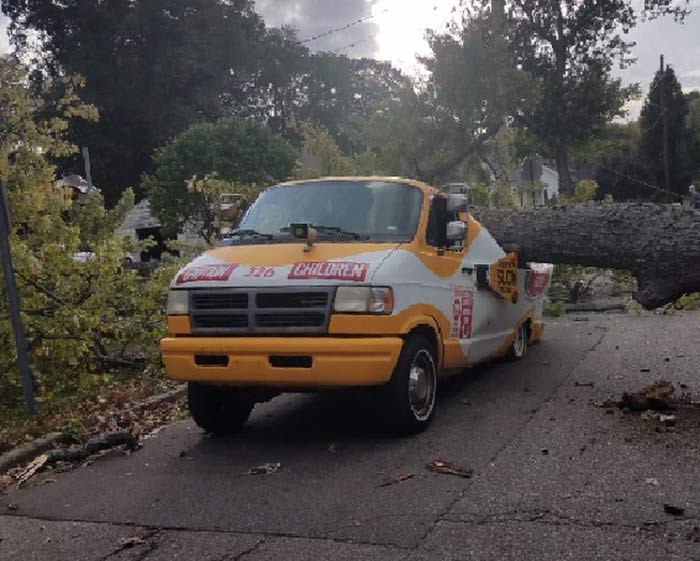
PLAY IT SAFE!
If you’re not always staying in remote and secluded places, overnight camping can be a very exposed lifestyle. Having to stealth park in random lots can attract unwanted company and attention. Some general rules to follow:
- Try to avoid high crime neighborhoods if you're stealth parking
- Be aware of your surroundings
- Blend in as much as possible
- Don’t keep sleeping in the same spot
- Use blackout window covers
- Always be sure doors are locked
- Don’t hang out where you sleep
Even if you are camping somewhere remote, you’ll want to be aware of your surroundings. Some safe practices to follow:
- Know the weather- this could play a part in where you park safely
- Try not to park under dead trees
- Avoid parking close to cliffs or water sources
LEAVE NO TRACE
You are a guest wherever you are visiting, traveling, or staying. You want to be sure to leave a minimal impact on the environment and respect others around it- and I’m not just saying other human visitors. Animals live in some of these environments, so we are essentially guests in their home, and need to respect them as much as possible. Many are unaware of the ‘Leave No Trace’ movement, so I will break down the 7 principles for you which provides guidance to enjoy our natural world in a sustainable way that avoids human-created impacts. Spread the word!!
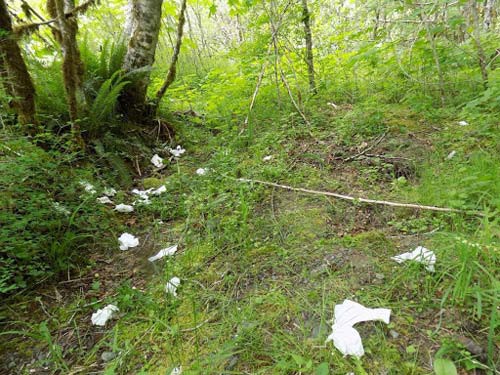
7 PRINCIPLES OF LNT:
1) Plan Ahead and Prepare
- Carry a map and know where you are going to reduce the chance of having to travel off trail.
- Always pack out trash.
- Repackage food to reduce waste.
- Schedule trips during low-use times and travel in small groups.
2) Travel and Camp on Durable Surfaces
- Camp on durable surfaces. These include established trails and campsites, rock, gravel, dry grasses or snow.
- Protect plant and wildlife habitat by camping at least 200 feet from lakes and streams.
- Avoid places where impacts are just beginning and try to stay on trails already impacted.
- If you go on hikes, stay on the trail! Avoid stepping on plants, flowers, wet sandstone, or untouched soil.
- People don’t realize that wet sandstone will crumble and break the rock if stepped or climbed on, or that cryptobiotic soil dies as soon as you step on it, so always do your research for any places you plan to visit.
3) Dispose of Waste Properly
- Pack it in, pack it out.
- Do your business in “cat holes” at least 200 feet from water, and cover the hole when done. Or pack it out in a “groover.”
- To wash yourself or your dishes, carry water 200 feet away from streams or lakes and use small amounts of biodegradable soap. Scatter strained dishwater.
4) Leave What You Find
- That rock or antler looks cooler in the wild than on a shelf at home.
- Unless it’s trash! Pick that ish up!
5) Minimize Campfire Impacts
- No raging bonfires. Burn only when essential in established fire rings or using a low-impact mound fire.
- Know the fire bans/contact rangers.
6) Respect Wildlife
- View from a distance.
- Never feed wildlife.
- Control pets so that they don’t harass or scare wildlife.
7) Be Considerate of Other Visitors
- Be quiet and let others coming up the trail pass by.
Practice these 7 Principles wherever you go. We want to make sure our world is still thriving for the generations to follow, so minimizing your personal impact is important. Many are unaware of the environment around them, and the impacts they could be making, so be sure to always research best practices before visiting new places! I can’t express this enough.
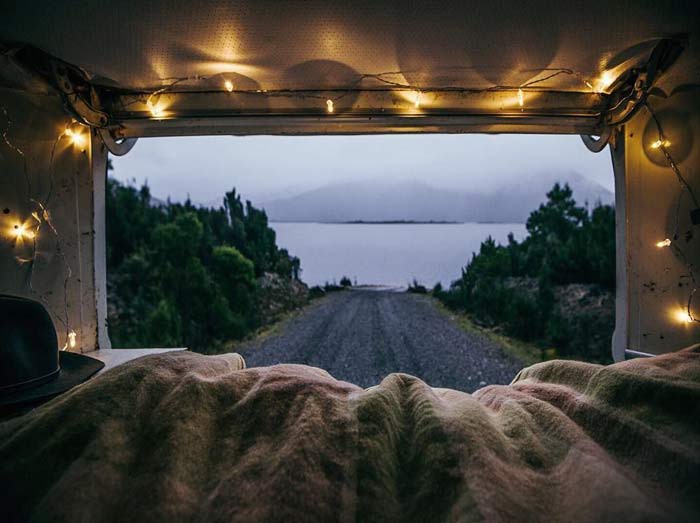
Time to Escape!
You hopefully have enough resources to plan your next Van Life trip, so where you goin’? I’ve found that it’s easiest to figure out your destination first, and then plan your stops and figure out the camping places in between. Enjoy the ride!
Related Posts
By accepting you will be accessing a service provided by a third-party external to https://www.movinglabor.com/